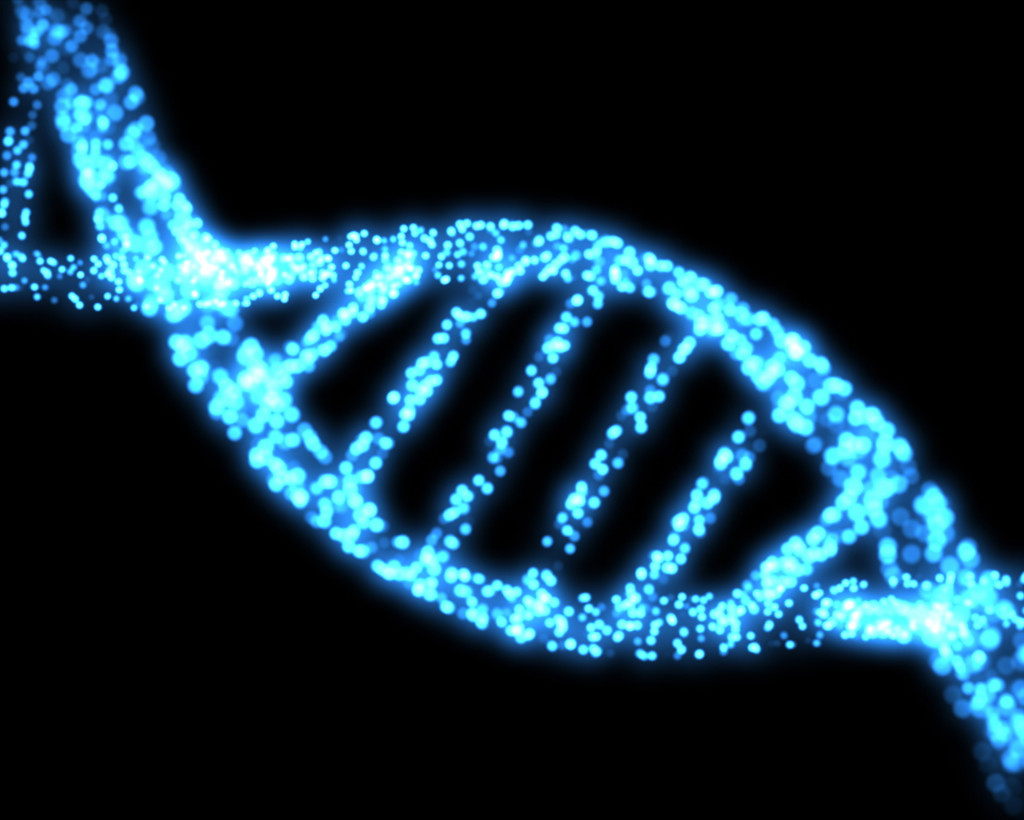There are a lot of different ways to treat serious diseases. Some methods are more traditional, while others are unique and experimental. Here are some of the various techniques for treating severe conditions, how they were developed, and what their efficacy is.
1. Antibodies
The first treatment on the list is antibodies. Antibodies are proteins that the body produces in response to foreign substances, such as viruses or bacteria. They can neutralize these substances or help to remove them from the body.
Researchers are now able to create artificial antibodies in the laboratory. These laboratory-made antibodies can be used to treat diseases like cancer, HIV, and Ebola. On top of that, they can also be used to treat autoimmune diseases and allergies.
This is important because it allows doctors to target specific body areas without affecting other organs or tissues. For most of medical history, that wasn’t possible.
2. siRNAs
The siRNAs (short interfering RNAs) are molecules that can prevent genes from being expressed. They bind to a specific RNA sequence and then degrade it. This process is known as RNA interference (RNAi).
Researchers are investigating whether siRNAs can be used to treat cancer, heart disease, and viral infections. For example, they’ve looked at using siRNA to target specific cancer-causing genes and then stop them from being expressed.
This can also be applied on a larger scale. For instance, researchers have investigated using siRNAs to silence the entire gene expression of a tumor. This could potentially help reduce cancer growth and improve patient outcomes.
3. CRISPR
CRISPR (clustered regularly interspaced short palindromic repeats) is a genetic engineering technique that allows scientists to make specific changes to DNA sequences. Specifically, it has been used to create genetically-modified crops and animals.
It is also being investigated as a possible treatment for human diseases like cancer, Huntington’s disease, and sickle cell anemia. For instance, researchers are looking into using CRISPR to delete or repair mutated genes that cause these diseases.
By making precise changes to the genetic code, it is possible to reduce the severity of a disease or even cure it. This could potentially revolutionize how we treat severe conditions in the future.

4. Hyperthermia
Hyperthermia as a treatment for Lyme disease has been gaining attention in recent years. The idea is to use heat to kill bacteria that cause Lyme disease. This can be achieved by using various methods, such as saunas, hot baths, or heated blankets.
Researchers have found that hyperthermia treatments can reduce symptoms and improve the quality of life for Lyme disease patients. Instead of using antibiotics, hyperthermia involves raising the body’s temperature to above 106 °F (41 °C). This can help to kill off the bacteria that cause Lyme disease.
Moreover, hyperthermia treatments are relatively safe and non-invasive. This makes them an attractive option for people who want to avoid the side effects of antibiotics or other medications.
5. Viruses
Yes, you read that correctly — viruses can actually be used to treat diseases! Scientists have engineered viruses so that they can specifically target cancer cells and destroy them without harming healthy cells nearby. This type of treatment is known as virotherapy.
Virotherapy is currently being studied as a possible treatment for cancer and other diseases. For starters, researchers have been looking at using viruses to target and destroy tumor cells. This could potentially reduce the size of tumors or even eliminate them altogether.
On top of that, virotherapy can be used in combination with traditional treatments like chemotherapy or radiation therapy. This could help to improve patient outcomes by making these treatments more effective.
6. Stopping the Growth of Blood Vessels
One way that tumors manage to grow so large is by developing a network of blood vessels that supplies them with oxygen and nutrients. Without this network of blood vessels, tumors would be much smaller and easier to treat.
Scientists are working on ways to stop the growth of blood vessels (angiogenesis inhibitors) so that tumors cannot get the oxygen and nutrients they need to grow larger. Currently, several angiogenesis inhibitors are approved by the FDA for cancer treatment.
In the future, these drugs may also be used to treat other diseases, such as inflammatory bowel disease and macular degeneration.
These are just a few of the many innovative ways scientists work to treat serious diseases. While some of these treatments are still in the early stages of development, others are already being used clinically with great success. It is exciting to think about all of the possibilities that these new treatments hold for the future!